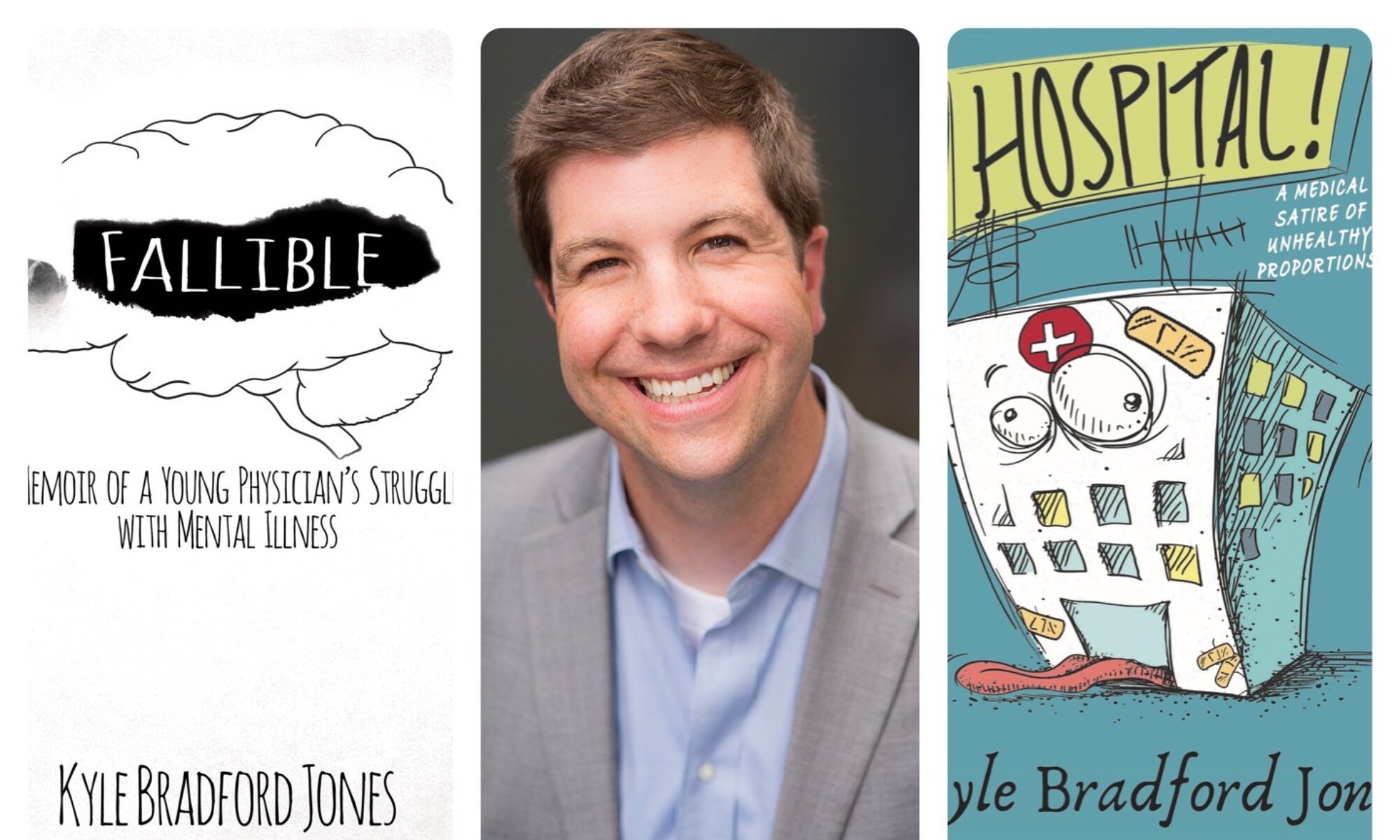A few months ago I wrote about the difference between the way patients and physicians approach medical issues. To summarize, physicians are taught to think as a scientist, looking at population-based studies of multiple individuals and applying it to the patient in front of them. The typical individual thinks about things the opposite way, from anecdotal stories that we then apply to ourselves and the broader population. This way of thinking is based in basic human nature, and it is how we innately perceive the world. Not only is this difference in thinking important to understand as physicians and patients interact with one another, it may provide the key to bridging the gap between patient and physicians.
Though the patient-physician relationship is ideally based on trust, many interactions these days are based in suspicion between the two. There is a ubiquitous fear among physicians of malpractice suits, causing not only defensive medicine, but affecting the interactions with patients; we’re simply scared of many patients some of the time. This will sometimes lead to the ordering of whatever the patient may want, though much of it is not medically warranted. This not only increases costs, but also decreases the quality of care provided and often leads to dangerous and unneeded procedures, all in the name of patient satisfaction and lawsuit avoidance. Many payment systems are putting increased emphasis on this patient satisfaction, which while it is an important component of patient care, also has the unintended consequence of driving further uneasiness between physicians and patients; physicians are essentially being asked to go against established medical guidelines.
Physicians and patients don’t seem to recognize this difference in thinking as a basis for discrepancies in thought. When a mole that looked pretty normal on your neighbor ended up being melanoma, it’s natural for us to think that our moles, therefore, could represent serious disease. Physicians will oftentimes mock patients behind their backs for this reasoning, though this is nothing more than how our human minds have evolved to perceive our world. A physician looking at this benign appearing mole will likely recommend monitoring, but if the patient is persistent in their desire for removal, they will search around until they find a doctor who will do it. That typically means that us as physicians will lose a patient and fear negative comments online, or a lawsuit at the worst. Patients may interpret the physicians “lack of concern” as evidence of the medical system “not listening” to them, or not taking their concerns seriously. Based on the very low odds of the mole being malignant, it would be difficult for a physician to justify to themselves, the patient, and even sometimes to payers, the reasoning for biopsy/removal.
What physicians perceive as “inappropriate” requests from patients is almost always based in the misunderstanding of these disparate paradigms; what patients often perceive as negligence or lack of concern is almost always based in this same misperception . The solution is communication, which takes time. Patients and physicians don’t have much time. And yet this can save time later on and is very important to the trusting relationship that should pervade our medical experiences. So push your physician for an explanation of their thinking. Push your patients to explain why they have their particular concerns. Understanding that physicians think from the population down and that patients think from the individual up may actually be the biggest patient satisfaction, quality, and tort reform improvements we can have. This would nearly eliminate the fear that currently pervades many encounters today.
